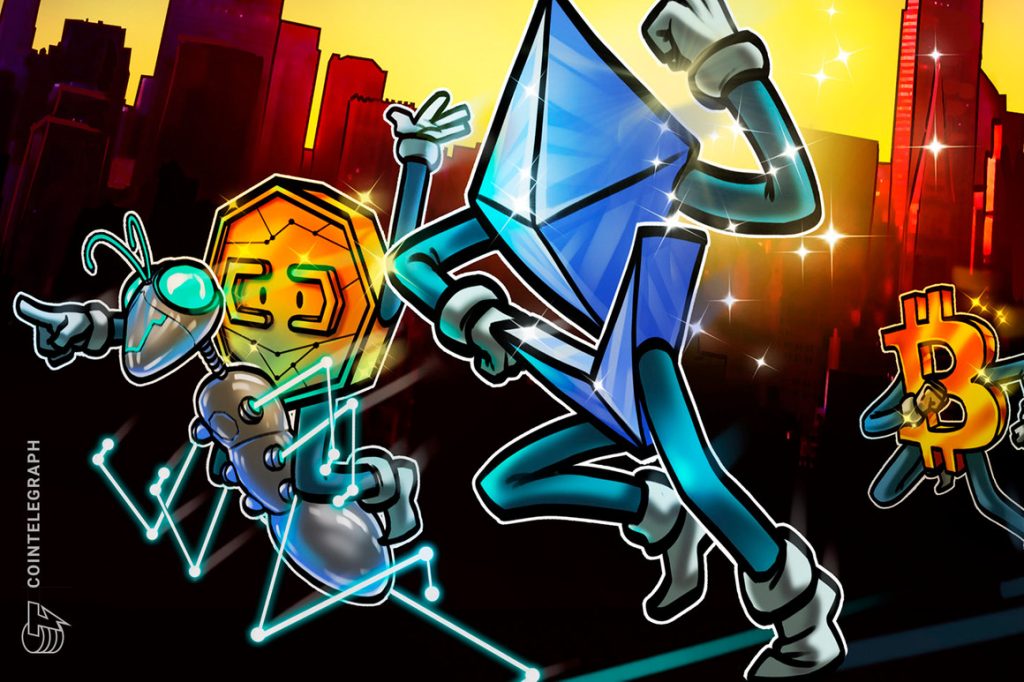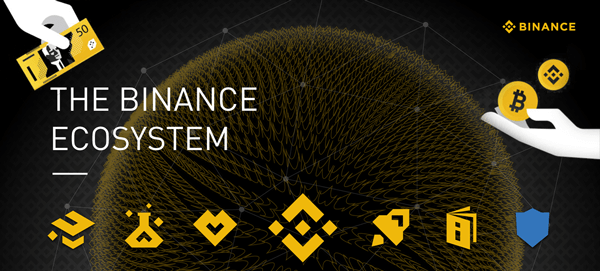IOHK CEO and Ethereum co-founder Charles Hoskinson has argued that Bitcoin (BTC) sits at a significant competitive disadvantage due to its slow speeds and will be usurped by proof-of-stake networks.
In a five-hour podcast with computer scientist and AI researcher Lex Fridman the Cardano founder argued that proof-of-stake networks offering superior speed and functionality over the original cryptocurrency, stating:
“The problem with Bitcoin is that it is so slow — it’s like the mainframe programming of the past. The only reason it’s still around is because there is so much invested in keeping it around.”
“You have to upgrade the damn thing!” Hoskinson exclaimed, regarding Bitcoin’s underlying proof-of-work consensus mechanism, and emphasizing that Bitcoin’s programmatic utility lags behind its competitors.
Hoskinson also criticized the Bitcoin community for being reluctant to innovate beyond the cryptocurrency’s base layer, also describing Bitcoin’s second-layer scaling solutions as “highly fragile.”
“It [Bitcoin] is its own worst enemy. It has the network effects, it has the brand name, it has the regulatory approval. But, there’s no way to change the system, even correcting obvious downsides in that system.”
However, Cardano’s founder argued that Ethereum has grown to rival Bitcoin’s network but has a nimble development culture that embraces evolution.
“What’s really cool is that Ethereum does not suffer that problem […] It’s getting to the point where it has the same network effect as Bitcoin, but the community has a completely different culture. They love evolving and upgrading,” he said, adding:
“If I had to bet between just those two systems, I’d say nine times out of ten Ethereum is going to win the fight against Bitcoin.”
Hoskinson, however, did acknowledge the battle for crypto dominance is a “much more complex game” than competition between Bitcoin and Ethereum, asserting that many other blockchains are now vying for major blockchain market share, unsurprisingly naming Cardano among others.






